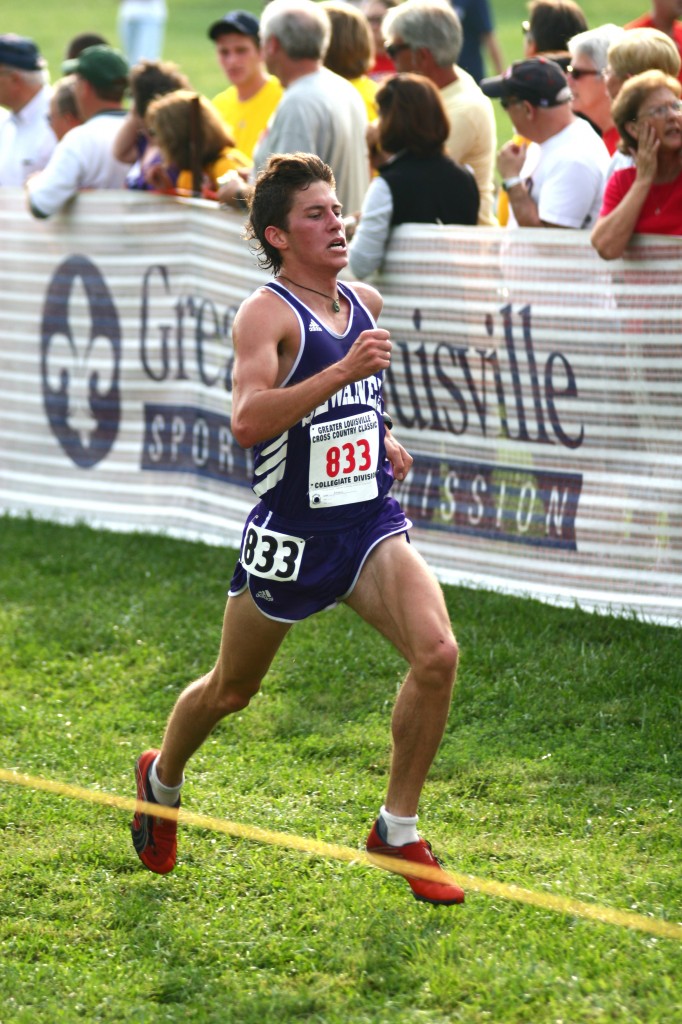When someone has success in business, everyone wants to know the tactics and shortcuts they used to get to the top. When someone wins a 5k or marathon, no one asks how they did it, everyone already knows that there were no shortcuts in running you have to put in the time and effort.
With that in mind, that there are no shortcuts or magic bullets, below are just a few things I’ve learned in roughly 100 races and 7,500 miles of running that I hope can help others training for their own race be it a 5k or any distance.
SET A GOAL
LEARN HOW TO RUN
GO SLOW!
And if you’re just starting out, start with walking! Then slowly incorporate short jogs in your walks until you are running the entire time.[/su_animate]
KEEP A LOG
There’s also apps like RunKeeper you can install on your phone (and add me as a friend if you use it). The point is to keep track so you can learn from your training, I still look back and research workouts I did years ago before some of my fastest races to see what worked for me. I also track things like my heart rate before bed so I can spot patterns of increased resting heart rate as an indication to take a rest day the next day.[/su_animate]
LONG RUN
SPEED WORK
By incorporating speed work you’re hitting a whole different muscle group than on normal days, fast vs slow twitch muscles, as well as different energy systems. If you are interested in getting faster, this is what will make the difference for most recreational runners. To get ideas of what to do you can look at any spring season of my running log from college in 2003-2006.[/su_animate]
DON'T BE THAT GUY/GIRL
[su_animate type=”fadeInLeft” delay=”01.1″]I see it every. single. race. The guy or girl who sprints for about 10 to 20 seconds, maybe even a half mile and then completely falls off the map. Know your fitness level and run your own race. You will run faster if you do because you will not be shocking your system and getting into oxygen debt and maxing out your anaerobic capacity early. The goal should be to run negative splits, meaning each quarter mile or mile should be faster than the last or at least even. The more dramatic of a difference between splits, like sprinting at the start of the race is making it harder for yourself to do your best in a race like a 5k or longer.[/su_animate]
MAKE FRIENDS

Resources:
[su_animate type=”fadeInLeft” duration=”0.5″]
[/su_animate][su_animate type=”fadeInLeft” duration=”0.5″ delay=”0.6″]Technical Books:
[/su_animate][su_animate type=”fadeInLeft” duration=”0.6″ delay=”0.7″]Non-technical Books:
[/su_animate][su_animate type=”fadeInLeft” duration=”0.5″ delay=”0.8″]Movies:
[/su_animate][su_animate type=”fadeInLeft” duration=”0.5″ delay=”0.9″]News and general running stuff:
Flotrack [/su_animate]


